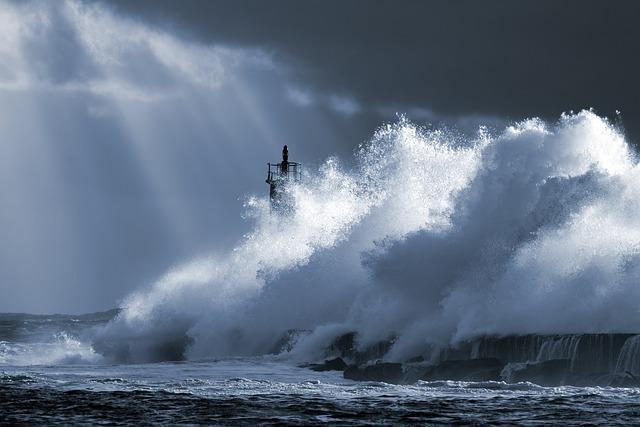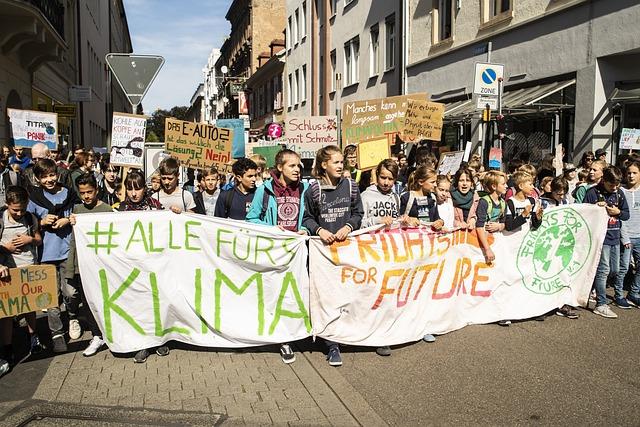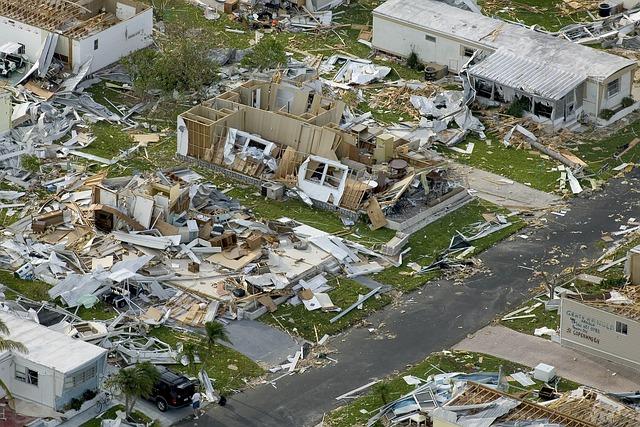- Introduction
- The Warning Signs: A Lantern in the Storm
- Record-Breaking Storms and Their Legacy
- Coastal Vulnerability Amid Rising Seas
- The Human Toll in Hurricane Aftermath
- A Call to Action: Mitigating a Changing Climate
- Conclusion
- FAQs
Introduction
The 2024 Atlantic hurricane season etched itself into history, not just due to its record-breaking storms but also because of the severe implications it carried as a stark example of climate change's growing impact. This blog unpacks several key topics:
First, we'll discuss the increasing frequency and intensity of hurricanes and how early warning signs were overshadowed by the magnitude of these events. Then, we’ll highlight the record-breaking storms that defined the season. Next, we'll explore how rising sea levels have exacerbated coastal vulnerabilities. We’ll also focus on the human toll, from social to economic consequences faced after the hurricanes struck. Finally, we'll delve into the urgent call for climate action to mitigate future catastrophes. Together, these themes underscore the critical need for global awareness and action.
The Warning Signs: A Lantern in the Storm

(Image: Pixabay/@fiquetdidier1)
The 2024 Atlantic hurricane season began with forecasters sending red flags about shifting atmospheric patterns, warm ocean waters, and an El Niño event that favored strong storm development. NOAA, along with other agencies worldwide, predicted a particularly destructive year, with above-average activity expected in the number and intensity of hurricanes.
While these predictions weren’t new, what stood out this year was how quickly initial storms intensified, validating concerns about the correlation between warmer oceans and storm strength. For instance, Cyclone Iris developed from a tropical depression into a Category 4 hurricane within 48 hours—a phenomenon meteorologists now refer to as "rapid intensification."
This year's hurricanes, fueled by unprecedented thermal heat in the Atlantic Ocean, reinforced early warnings that warming temperatures contribute significantly to stronger, slower-moving storms that dump more rain over larger areas, heightening flooding risks.
Record-Breaking Storms and Their Legacy

(Image: Pixabay/@TheDigitalArtist)
The 2024 season shattered records across multiple metrics. With 22 named storms, including nine hurricanes and five major hurricanes, it became one of the most active years on record. Hurricane Ezra, arguably the most infamous of the season, left a trail of destruction stretching from the Caribbean to the southeastern U.S., becoming a textbook example of the havoc potential of climate-driven weather systems.
Ezra set records not only for the lowest pressure at landfall but also for the sheer scope of rainfall—it dumped over 40 inches in parts of the Gulf Coast region, triggering catastrophic flooding. The historic nature of these impacts has drawn comparisons to Hurricane Harvey (2017) and even Hurricane Katrina (2005), underscoring worsening climate vulnerabilities.
Other notable storms included Hurricane Felicity, which maintained Category 5 status for an unprecedented 80 hours, and the unusually late-season storm, Gideon, which made landfall in December—a sign that traditional "hurricane seasons" are expanding as climate trends shift dynamics.
Coastal Vulnerability Amid Rising Seas

(Image: Pixabay/@dimitrisvetsikas1969)
In addition to powerful storms, the 2024 season highlighted the growing vulnerability faced by coastal regions. Rising sea levels—primarily caused by melting glaciers and thermal expansion—have amplified storm surges, creating devastating inland floods even in areas previously less prone to such events.
Take Florida, for example. Once largely resilient barriers like mangroves are no longer sufficient to protect its heavily populated coastline. During Ezra’s landfall, storm surges exceeded previous estimates, reaching heights of 20 feet in some areas. Devastated infrastructure, submerged homes, and displaced populations punctuated the limits of current urban resilience plans.
Experts have emphasized how sea-level rise multiplies hurricane damage costs in urban hubs such as Miami and Houston, where millions are already exposed to high flood risk. These realities beg the question—is it time to rethink zoning laws and coastal development entirely?
The Human Toll in Hurricane Aftermath

(Image: Pixabay/@TheDigitalArtist)
Beyond physical damage, the human toll of the 2024 hurricane season was staggering. Thousands were displaced, with entire communities left without electricity, clean water, or access to medical care for weeks. The hardest-hit areas lacked both the financial resources and infrastructure to mount swift recoveries.
Economically, the storms resulted in damages exceeding $250 billion, crippling sectors ranging from agriculture to real estate. Insurance companies buckled under the strain, leaving individual homeowners to shoulder steep repair costs or relocate altogether. Vulnerable populations—especially low-income communities—suffered disproportionately, spotlighting glaring inequities magnified by natural disasters.
Mental health also entered the spotlight, with post-traumatic stress disorder (PTSD) cases surging among survivors. As natural disasters become more frequent and intense, their psychological aftermaths serve as a stark reminder that rebuilding should prioritize both physical and emotional recovery.
A Call to Action: Mitigating a Changing Climate

(Image: Pixabay/@cubicroot)
If the 2024 Atlantic hurricane season taught us anything, it's that urgent action against climate change is non-negotiable. Governments, corporations, and individuals must collaborate to mitigate environmental damage and reduce vulnerabilities to extreme weather events.
Key initiatives include reducing greenhouse gas emissions through transitioning to renewable energy sources, investing in disaster-resilient infrastructure, and implementing stricter building codes in hurricane-prone regions. Additionally, community-led activism and local mitigation strategies could play vital roles in fostering preparedness and resilience.
Efforts must extend beyond adaptation; global leaders must double down on commitments to meet targets set forth by the Paris Agreement. Without immediate action, the frequency and intensity of disasters like this season's hurricanes may soon exceed humanity's capacity to respond.
Conclusion
The 2024 Atlantic hurricane season was more than just a meteorological event; it was a clarion call. It highlighted the tangible effects of climate change, from record-intensity storms to devastating human and economic losses. By putting these challenges into context, we recognize the magnitude of the crisis—and the urgency to act.
As the planet continues to warm, adaptation and prevention will define our resilience. Whether through policy shifts, public awareness, or community action, the path forward must be grounded in collective responsibility. The question remains: can we rise above the storm before it's too late?
FAQs
What caused the extreme storms during the 2024 hurricane season?
Several factors, including warmer ocean temperatures, atmospheric changes related to El Niño, and rising sea levels, contributed to the intensity of the storms.
How does climate change affect hurricane activity?
Climate change leads to warmer oceans, which fuel stronger storms. Rising air temperatures also allow for more moisture, leading to heavier rainfall and increased flooding during hurricanes.
What steps can be taken to reduce damage from hurricanes?
Strengthening coastal resilience, adhering to stricter building codes, investing in infrastructure, and prioritizing sustainable development can help minimize damage. Globally, reducing greenhouse gas emissions is crucial.
Are hurricanes becoming more frequent?
While the overall number of hurricanes may not dramatically increase, there is evidence that the storms are becoming more intense and causing significantly more damage, driven by climate-related factors.
What role can individuals play in combating climate change?
Individuals can reduce their carbon footprint by using cleaner energy sources, conserving resources, advocating for policy change, and supporting climate action initiatives at both local and global levels.

